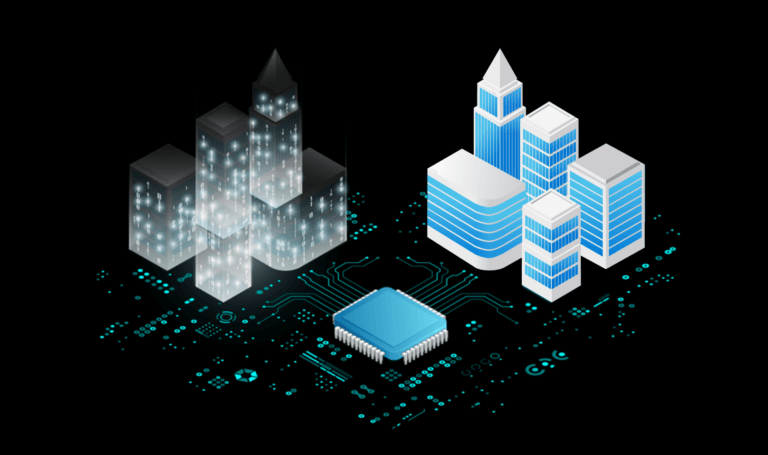Microsoft adds new features to Azure Digital Twins including a new programming language called DTDL. Digital Twins is a cloud-based analytics service for industrial IoT applications.
The most significant update is the addition of a programming language called Microsoft DTDL. DTDL stands for Digital Twin Definition Language and enables engineers to create true-to-life models of systems with more detail than before. According to Microsoft, a system can be as small as a sensor or as big as an entire city.
A digital twin is a virtual replica of a connected system that mimics the state of its real-world counterpart. This technology is used by industrial companies to find ways to optimize their operations. For example, a manufacturer creates a digital twin of the production line and then looks for ways to increase output or find technical problems.
DTDL generates digital twins by extracting data from multiple sources. Models can contain the physical properties of an object, such as temperature, but also the conditions under which the object operates in the real world. When industrial devices encounter technical problems, these events can be synchronised with the digital twin, allowing companies to get a better understanding of the problem.
Integration with Azure
DTDL is also supported in other Azure services. Companies can send data from Azure Digital Twins to other cloud products for further processing. This data can be analysed in Azure Synapse Analytics and Azure Time Series Insight.
The service can also be integrated with other Microsoft products. Business analysts can visualize the digital twins in dashboards using Microsoft’s Power BI tool, and developers can send the data to the company’s external cloud applications via Logic Apps.
Azure Functions
Azure Functions is Microsoft’s serverless computing service that allows developers to run code in the cloud without having to modify the underlying infrastructure. To facilitate large projects, companies can use Azure Functions on Azure Digital Twins’ simulated connected devices. According to Azure, this addition makes it easier to run pre-existing code in Azure Digital Twins.
The new features are now available in the preview.
